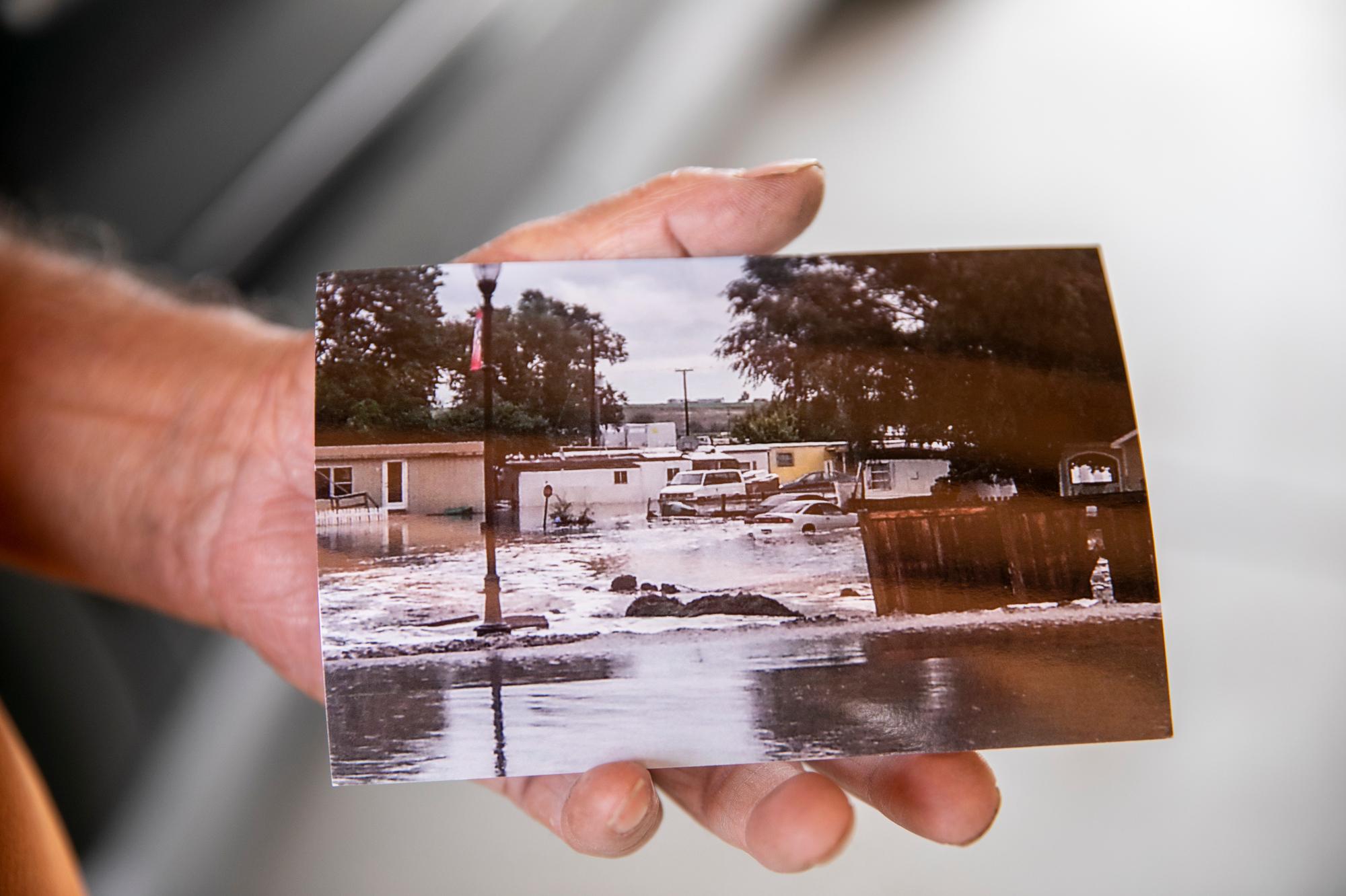
It was nearly eight years ago, but Martha Gutierrez still remembers everything that happened on that rainy September night.
“I remember like it was yesterday,” Gutierrez said. “If you talk to a lot of people that went through it, I mean ... that's where my home is at. A lot of people broke.”
The small town of Milliken was one of several in Weld County that was hit by days of torrential rains in 2013, leading the South Platte and Big Thompson rivers to overflow. The Evergreen Mobile Home Park where she lived was one of the only places in town destroyed by the flooding.
It was later discovered that federal emergency maps were more than 30 years old and failed to show the park was in a floodplain, according to a study published last year by the American Society of Civil Engineers. It left the mobile home park’s residents — nearly all of them Latino and paying about $350 a month for their lots — exposed to disaster, Gutierrez said.
“Nobody knew what to do when we got the flood,” she said. “People need to be educated on that.”
Studies have long shown that low-income, Black, Latino and Indigenous people are disproportionately affected by the causes and effects of climate change. These communities are harmed by other environmental hazards across the state, including oil and gas wells next to schools, refineries operating next to Latino neighborhoods and homes built atop Superfund sites.
Activists have long made fixing environmental injustices a central part of their fight against climate change. But they, along with researchers and lawmakers, say Colorado will never solve the problem if it can’t define it.
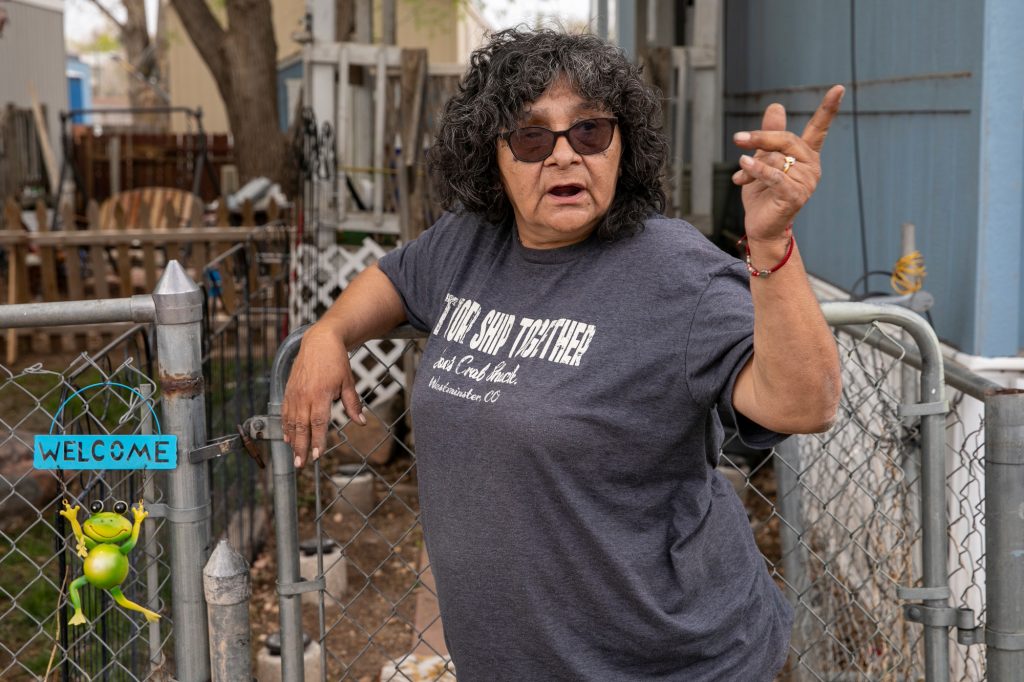
'We cannot solve environmental justice without naming it as a problem'
State Rep. Dominique Jackson, a Democrat from Arapahoe County, is the House sponsor of new legislation to create a single definition of disproportionately impacted communities that could be used across state agencies. The bill would also improve outreach and data collection for these communities.
“This is about justice for everybody in the state,” Jackson said. “All of us benefit collectively when there is less pollution.”
The bill, now in the Senate, focuses on industrial pollution and emissions sources that degrade air and water quality. Jackson said she hopes it guides the Air Quality Control Commission to give residents a greater say over settlements and permit renewals, such as what is happening with the Suncor Energy refinery in Commerce City.
Environmental activists and academics have come out in support of the bill, saying it is an important first step to improving communication between underrepresented voices and policymakers.
“We cannot solve environmental justice without naming it as a problem and basing solutions in equity,” said Issamar Pichardo, a community organizer for Conservation Colorado.
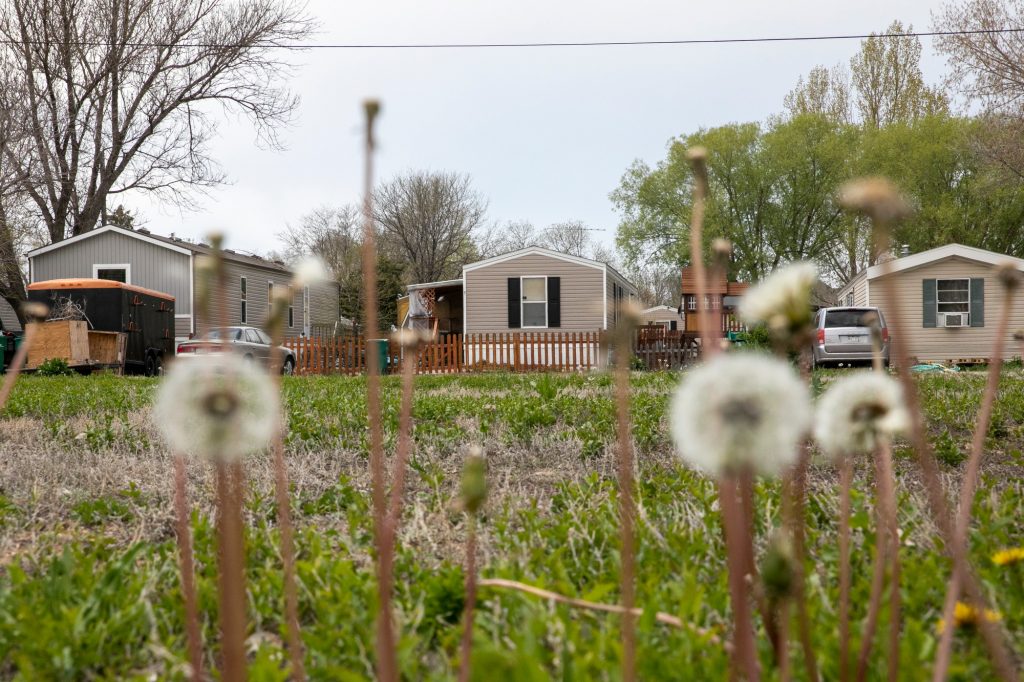
How do you define environmental justice?
Environmental justice is a broad, all-encompassing term, and there are several ways to define communities disproportionately impacted by climate change. The U.S. Environmental Protection Agency has its own criteria, as do environmental justice groups. The state of Colorado itself has separate definitions used by oil and gas regulators and environmental agencies.
If approved, the bill would establish a task force that would present a report with proposed revisions to the definition by November 2022. The proposed legislation is a good place to start, Pichardo said, though she worried adding too many characteristics could make it difficult to introduce future environmental justice legislation.
“I think legislators might get overwhelmed by seeing a map that all the communities qualified as disproportionately impacted communities,” she said. “I think we should start with air quality and move on from there.”
The legislation stops short of including places like the Evergreen Mobile Home Park in Milliken, which are not affected by pollution as much as exposure to climate change-fueled natural disasters such as flooding, droughts and fires, Milliken Mayor Elizabeth Austin said.
“There’s a lot of conditions that probably should be included in that [bill],” Austin said.
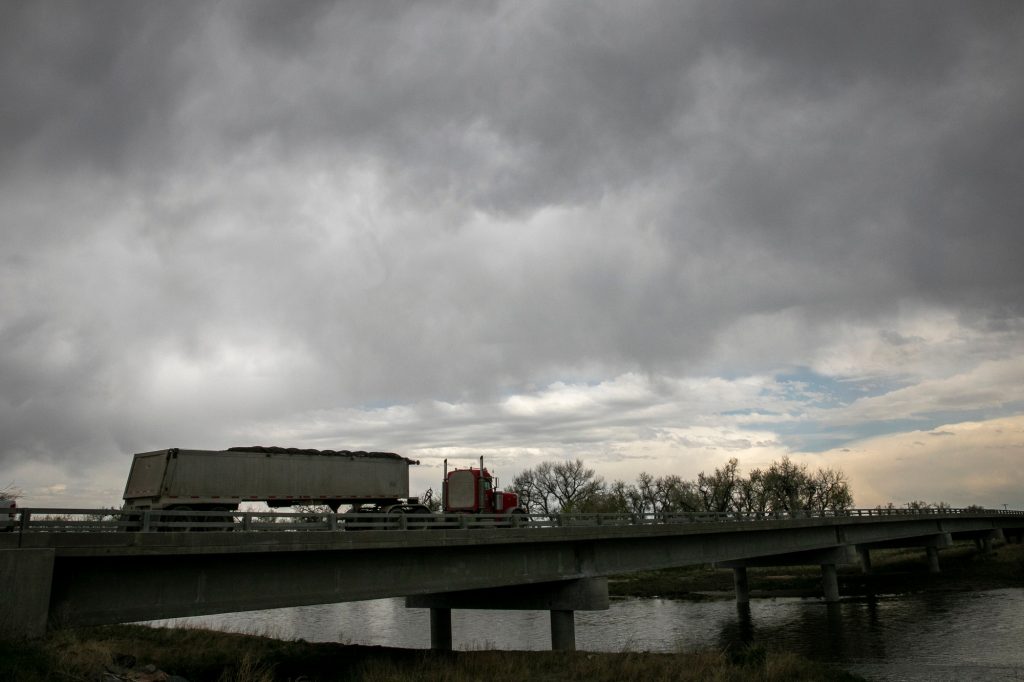
Taking climate disasters like wildfires, droughts and floods into account
Other state agencies are trying to factor in climate disasters. The Colorado Department of Public Health and Environment is mapping vulnerable communities on multiple health and environmental factors, including air quality and proximity to highways. The department eventually wants to include proximity to wildfires, droughts and floods.
Many residents were able to return to the mobile home park in Milliken, unlike in other mobile home parks that closed down or raised lot prices.
The homes are now elevated, the roads are dry and new drainage projects are moving water away from the town to reduce flooding.
Jesse Olivas and his wife Clara lived with their children for years after the flood ruined their home. They used their retirement savings and Federal Emergency Management Agency assistance to buy a new home and return to the park three years ago.
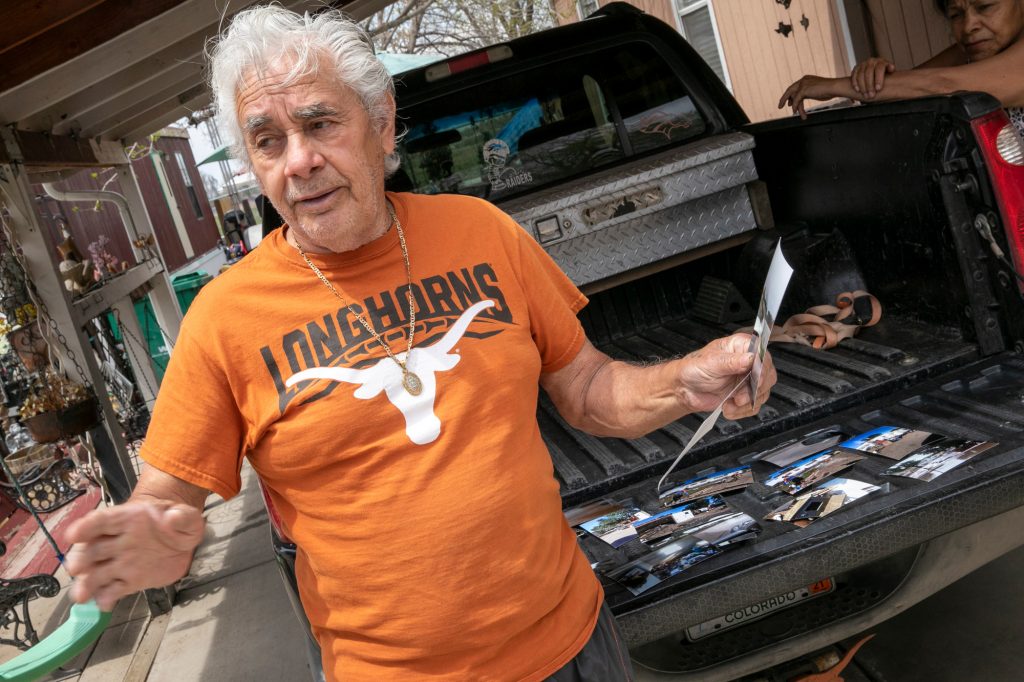
At 73, he said he is not worried about losing their home again.
“Unless we get another flood or a big tornado,” he said, laughing. “I lived here for all my life in this park. For that to happen was a surprise to everybody.”
Gutierrez credited their survival to the tight-knit relationships between neighbors.
“Everybody's out to help each other,” she said. All you have to do is ask and you get the help.”









